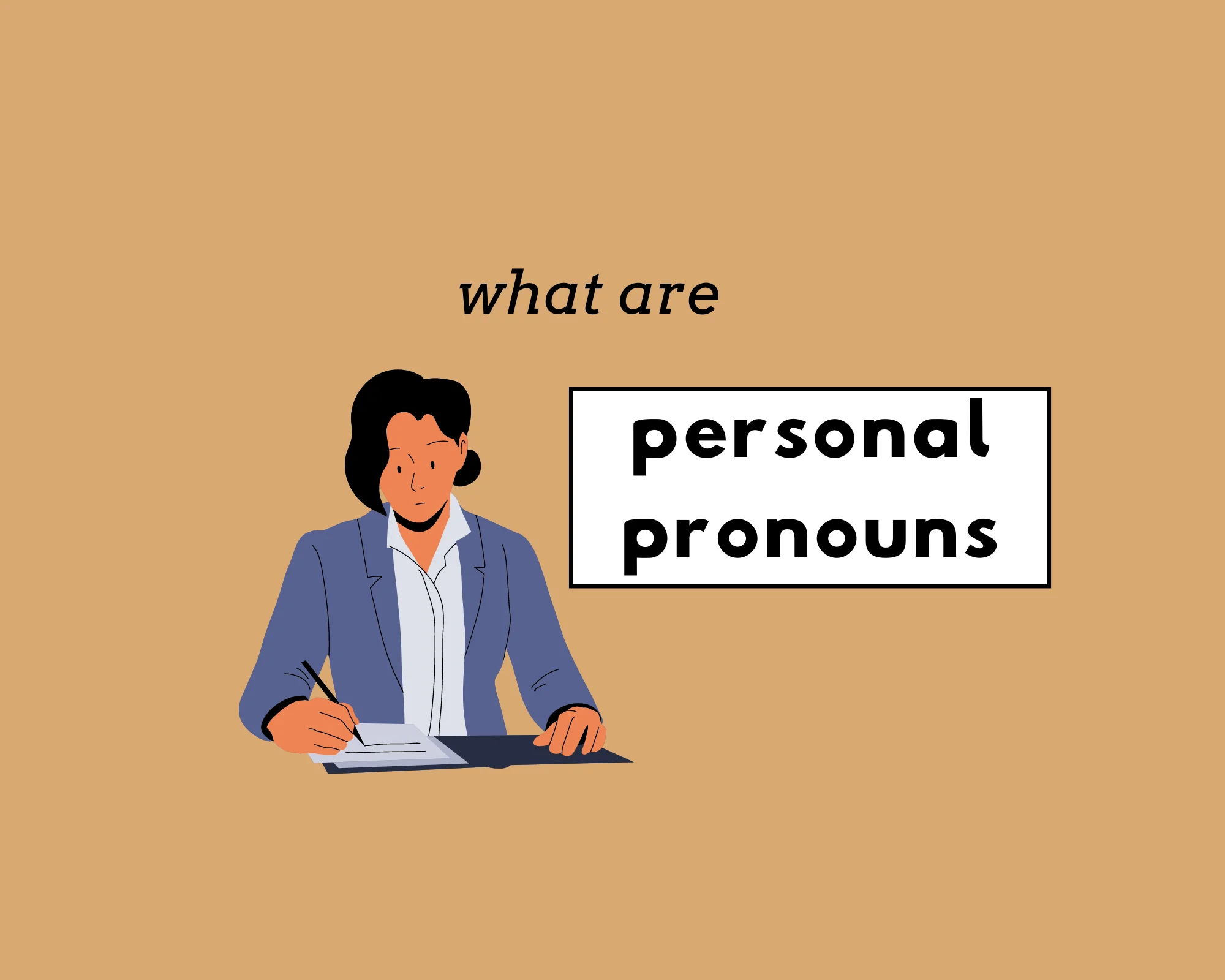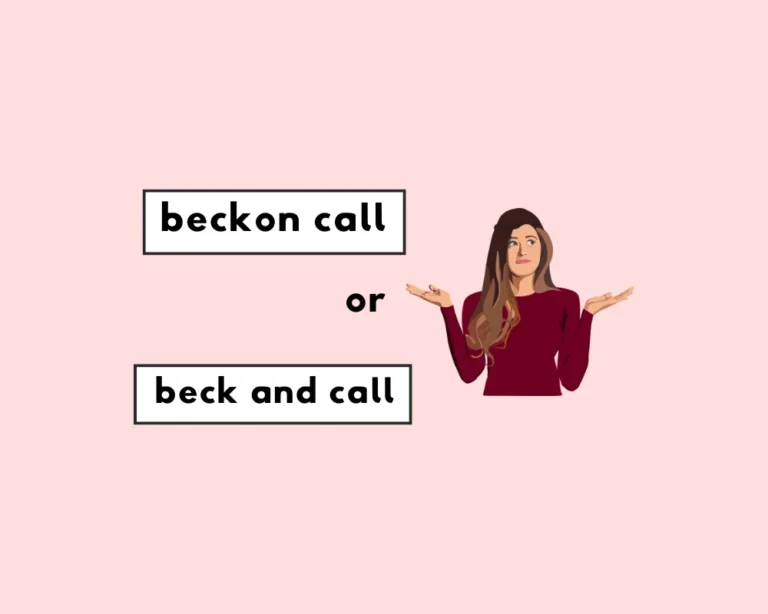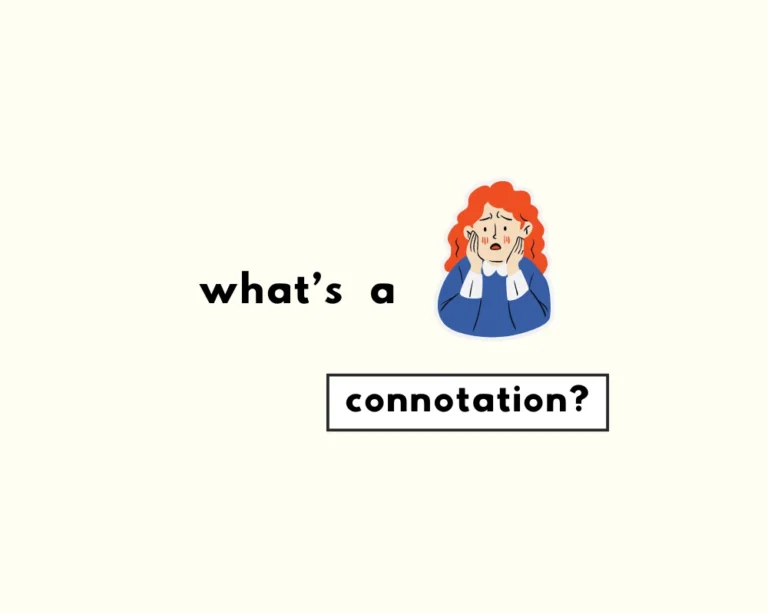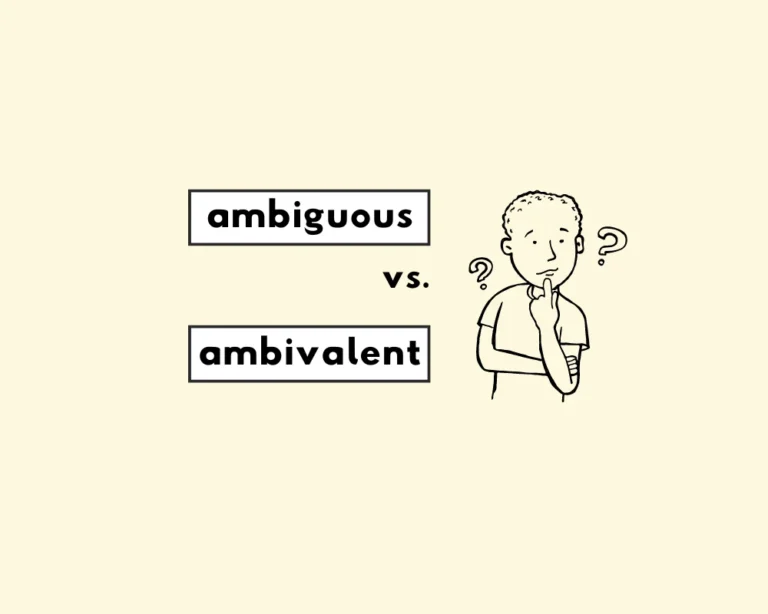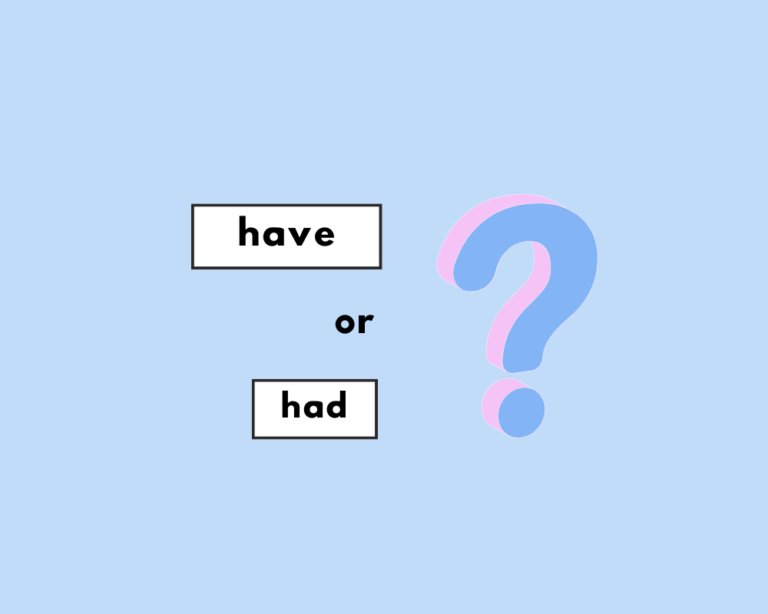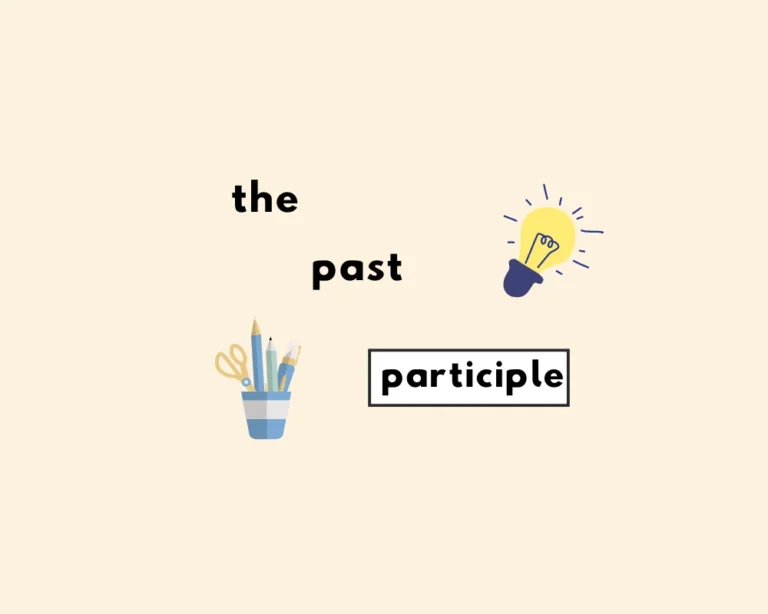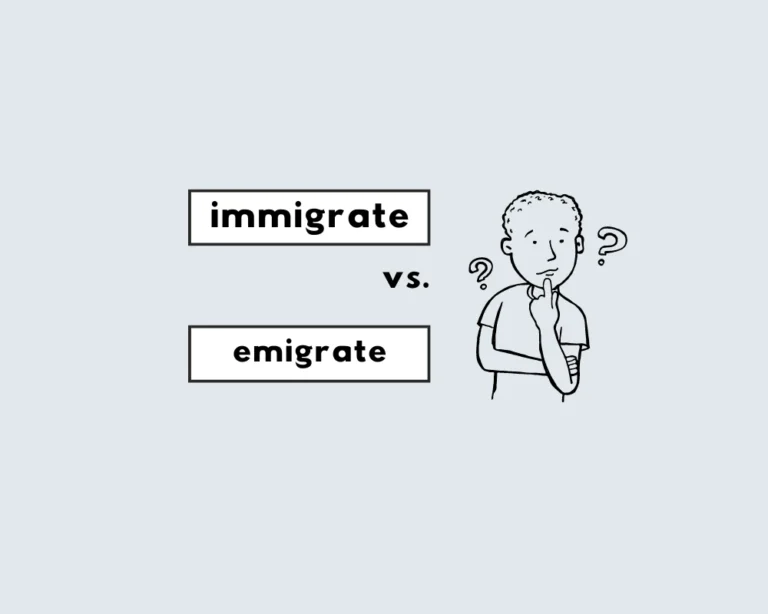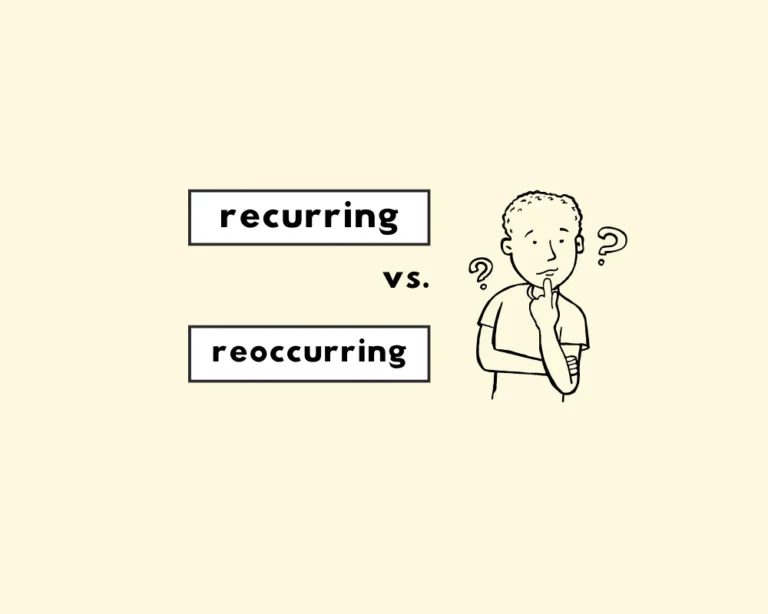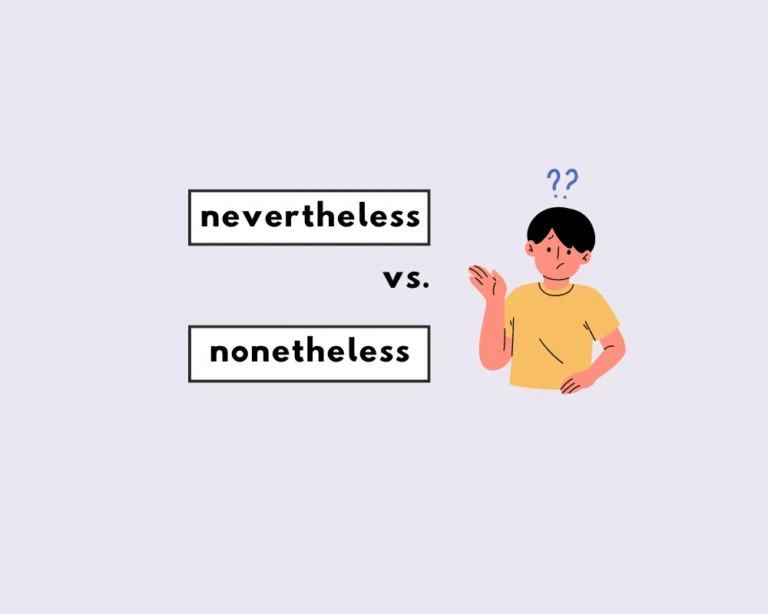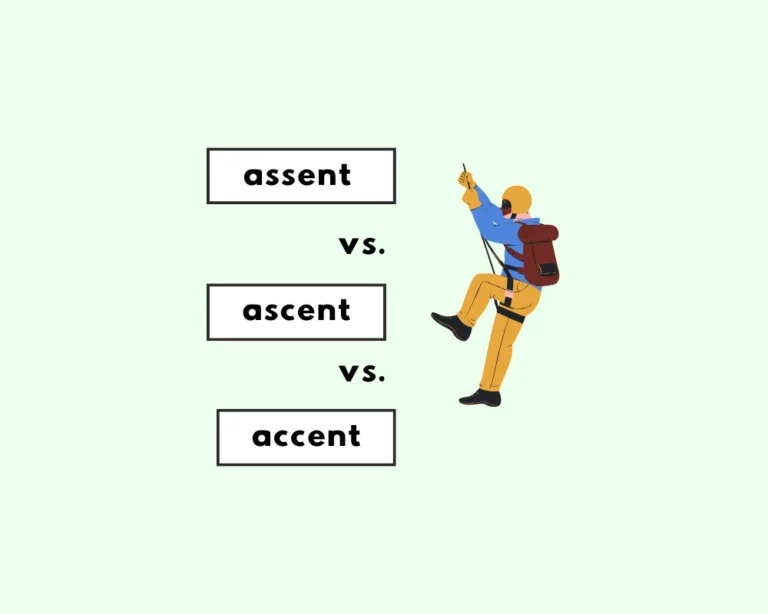Contents
Toggle
What are pronouns in grammar?
Though you may not realize it, pronouns are everywhere in English, and we use them all the time.
The word “pronoun” itself originally comes from the Latin pronomen, meaning, “a word standing in place of a noun”. This is exactly what pronouns do: they are words that we use in the place of nouns so we can avoid having to repeat the same word in sentences and conversation multiple times.
What’s a pronoun?
A pronoun is a word that we use to substitute for nouns when it’s already clear what’s being referenced. Besides avoiding repetitiveness, pronouns make communication clearer and much more efficient. Some common pronouns are—
- I
- me
- she
- us
- you
- themselves
- who
- that
English would sound extremely different without pronouns. For example, in the sentence, “Ashley’s staying home from work today because she’s not feeling well“; it’s clear that the pronoun she refers to Ashley, since the sentence makes it obvious.
Without the pronoun she, the sentence becomes Ashley’s staying home today because Ashley is sick. Do you hear how repeating the noun Ashley makes the sentence more confusing and tough to follow?
What are personal pronouns?
Personal pronouns are those that change based on their grammatical person—or whether they refer to the person speaking (first person), the person or thing being spoken to (second person), or the person or thing being spoken about (third person).
The main personal pronouns are—
- I/me
- she/her
- he/him
- they/them
- It
- we/us
- you
I am strong.
We are strong.
You are strong.
They are strong.
He, (she, it) is strong.
The first and second sentence are pronouns in the first-person: I and we are from our point of view (I is singular, and we is plural). When we are the one’s doing the speaking, we do so from the first person perspective, and use first-person pronouns or subjects, like I and we.
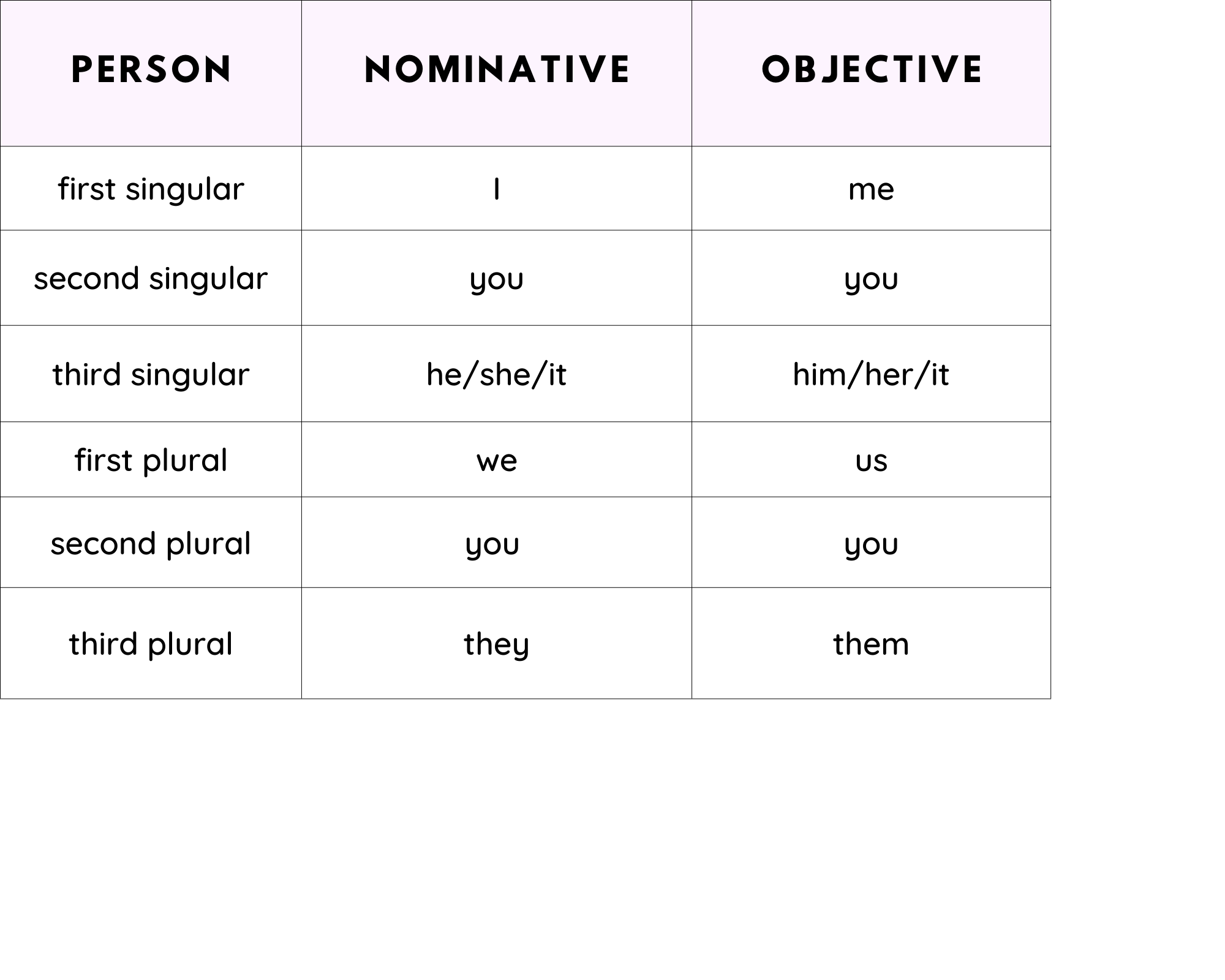
I wanted to go for a walk today, but then I registered my to-do list.
I am tired today.
I have a lot of work to do.
You refers to the person being spoken to or addressed, and uses the second person perspective. We use you for both the singular and plural subjects.
The third person perspective has to do with whomever or whatever is being spoken of or about. He, she, they, it are all pronouns of the third person. To know which point of view is being used, ask yourself: who is the person speaking? Are they themselves speaking (using I or we), addressing another person with ‘you‘, or is someone being spoken about? Answering this will help you identify which perspective is in use.
Possessive pronouns
As the name implies, possessive pronouns (and possessive adjectives) show possession or belonging:
That laptop is mine.
Those books are yours.
That bag is hers.
Whose jacket does this belong to?
- First person possessive pronouns: my, mine (singular) our, ours (plural)
- Second person possessives: your, yours.
- Third person possessives: his, her/hers, its, their, theirs.
Of the possessive pronouns, some are better categorized as possessive adjectives (also called pronominal adjectives, since they are formed from pronouns). My, our, your, her and their are all possessive adjectives, and precede the nouns that they qualify. His can function either as an adjective or a pronoun:
This is his bike. (Possessive adjective)
This bike is his. (Possessive pronoun)
This is my laptop (Possessive adjective)
The laptop is mine. (Possessive pronoun)
The pronoun ‘it’
It is a pronoun in the third-person singular. It along with they, their and them are all gender-neutral pronouns. The difference with ‘it‘ is that typically it refers to inanimate objects, non-human animals or in cases where gender is not known (as with some babies).
This is your book; please take it. (inanimate object)
The horse fell and broke its leg. (animals)
Have you seen the baby? It’s so cute!
Learn the main parts of speech
- What Are Pronouns? (First, Second, and Third)
- Types of Verbs (Modal, Stative, Infinitives and Transitives)
- Types of Adjectives (Explained, with Examples)
- Parts of Speech (Nouns, Adjectives, Prepositions)
- What’s an Adverb? (Types of Adverbs)
- When to Use ‘A’ or ‘An’ (What’s an Article?)
- Types of Nouns (Common, Proper, Abstract, and Concrete)
Sources
- High School English Grammar and Composition, P.C. Wren.
- Grammarly on pronouns.

